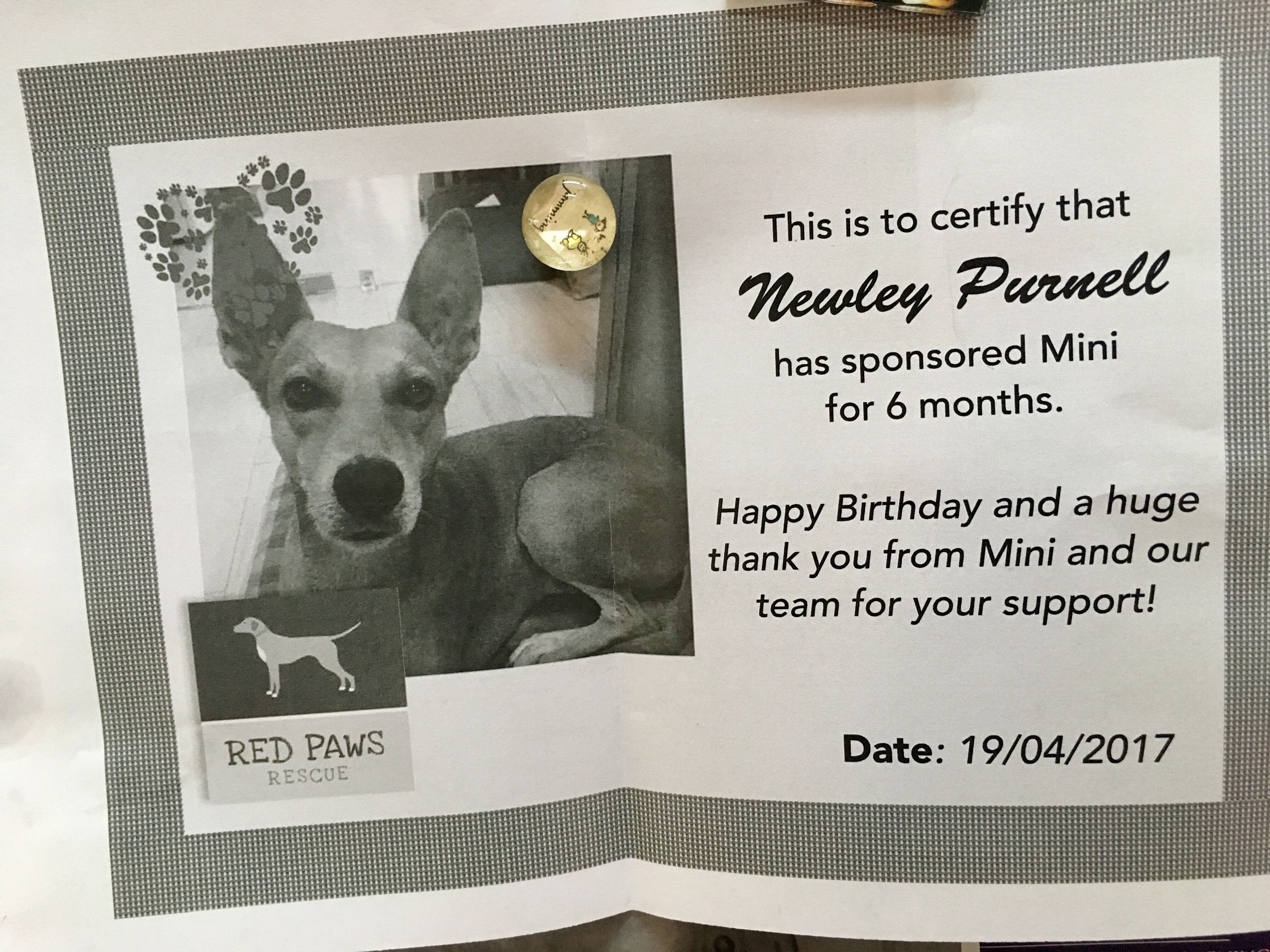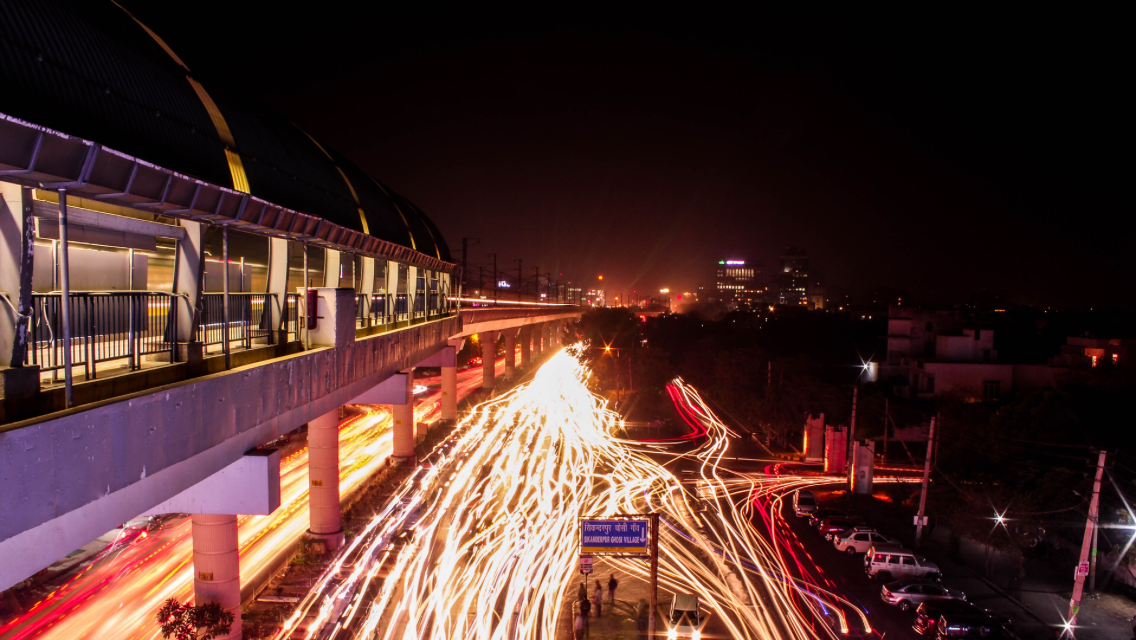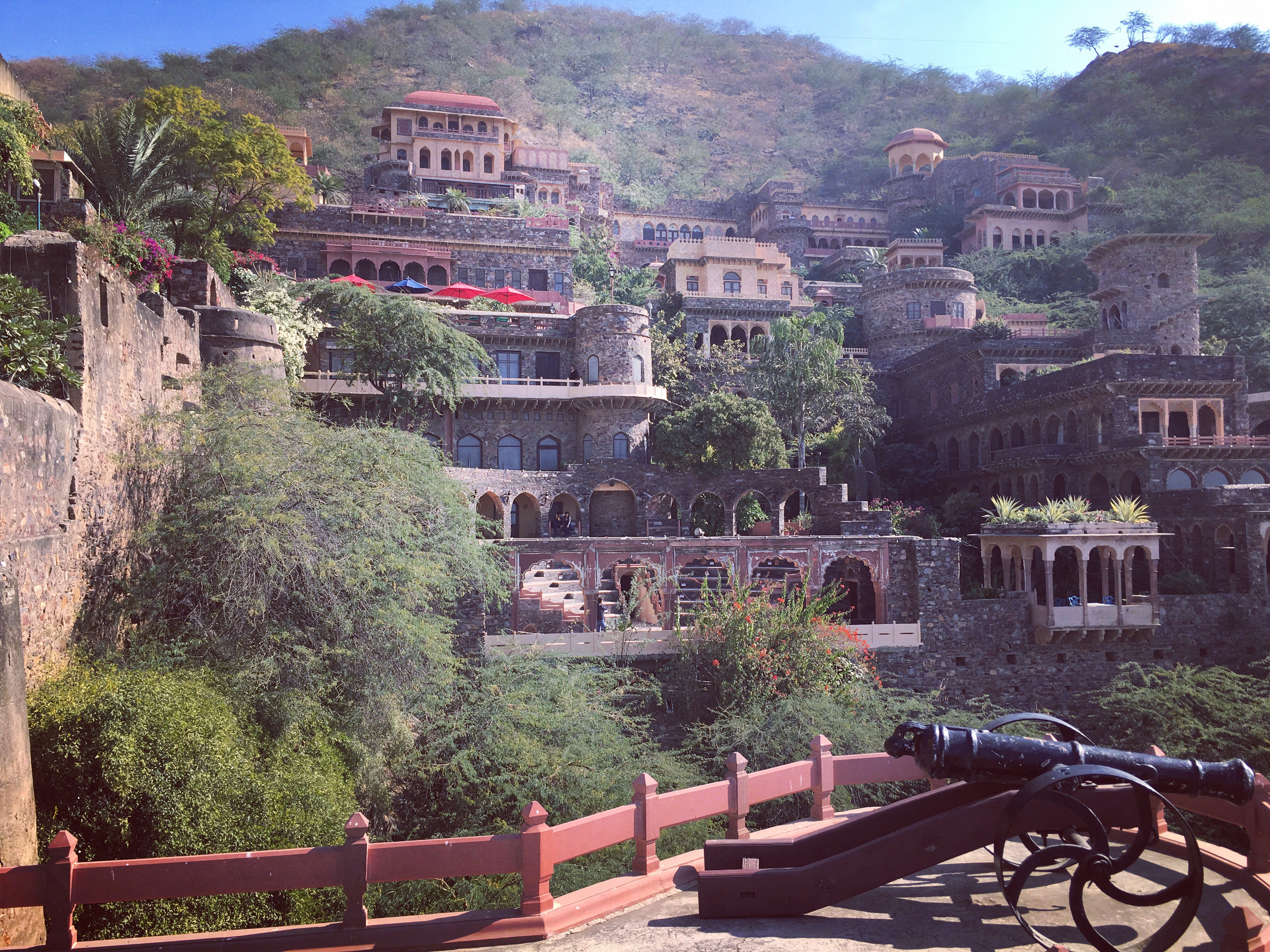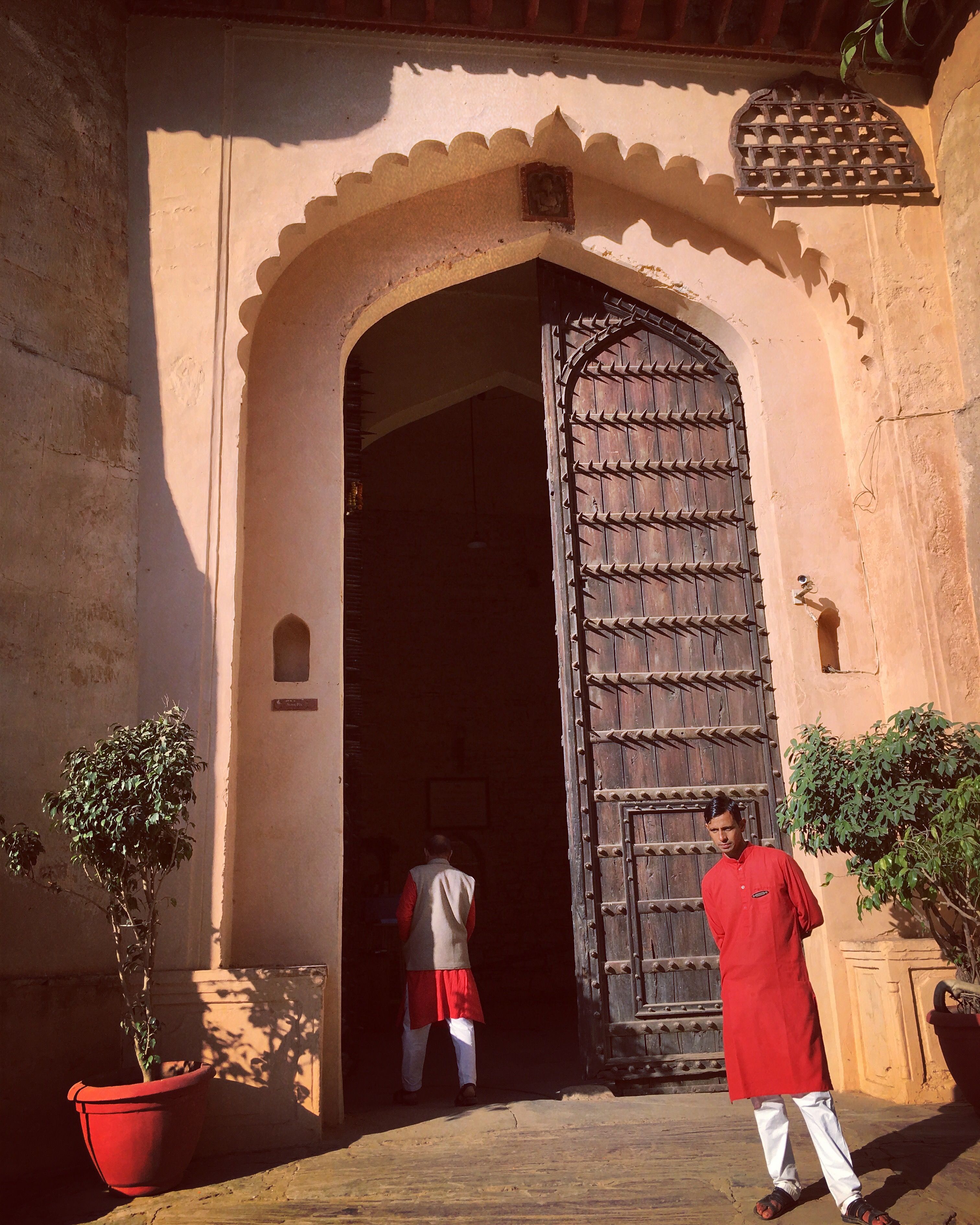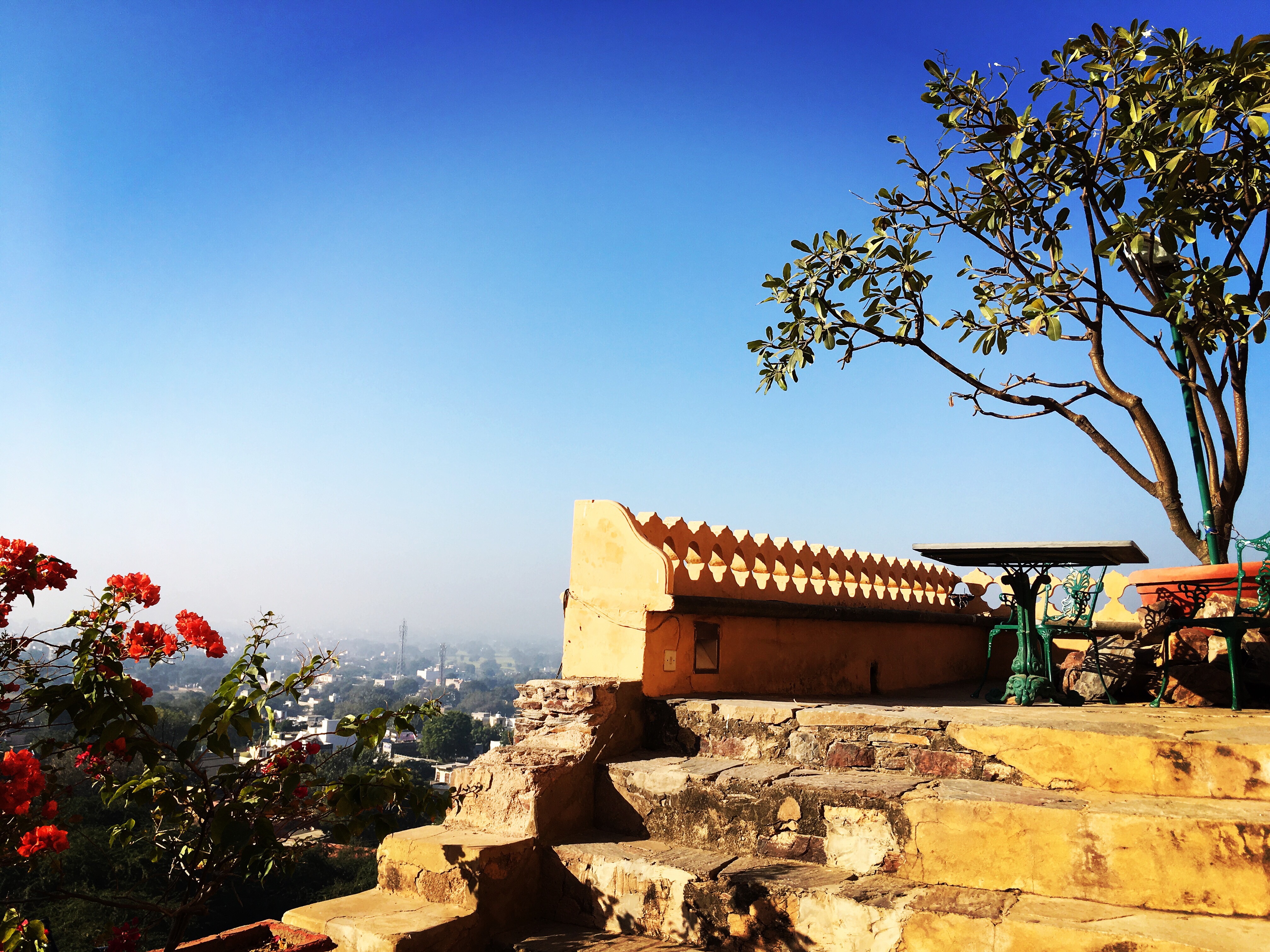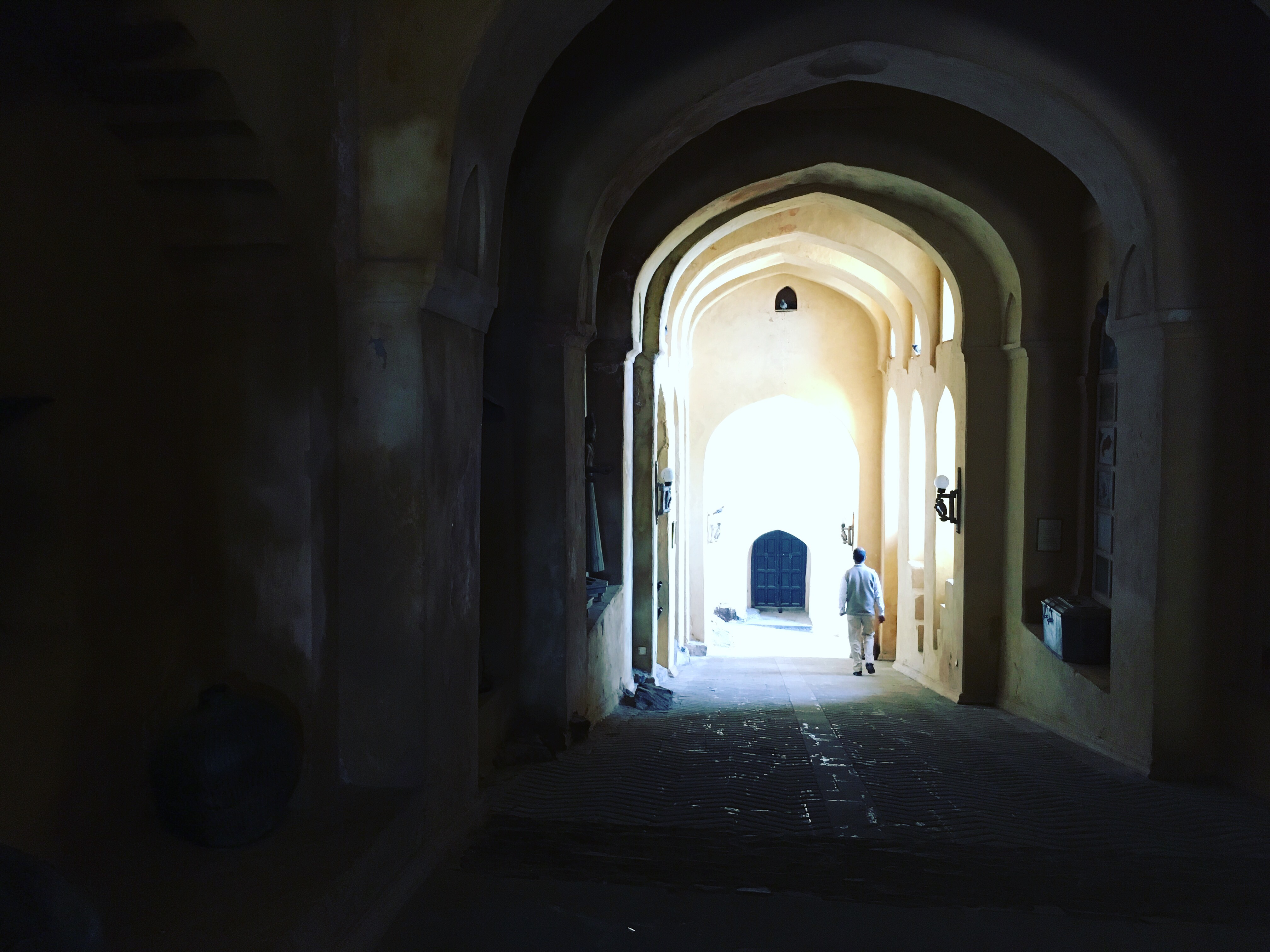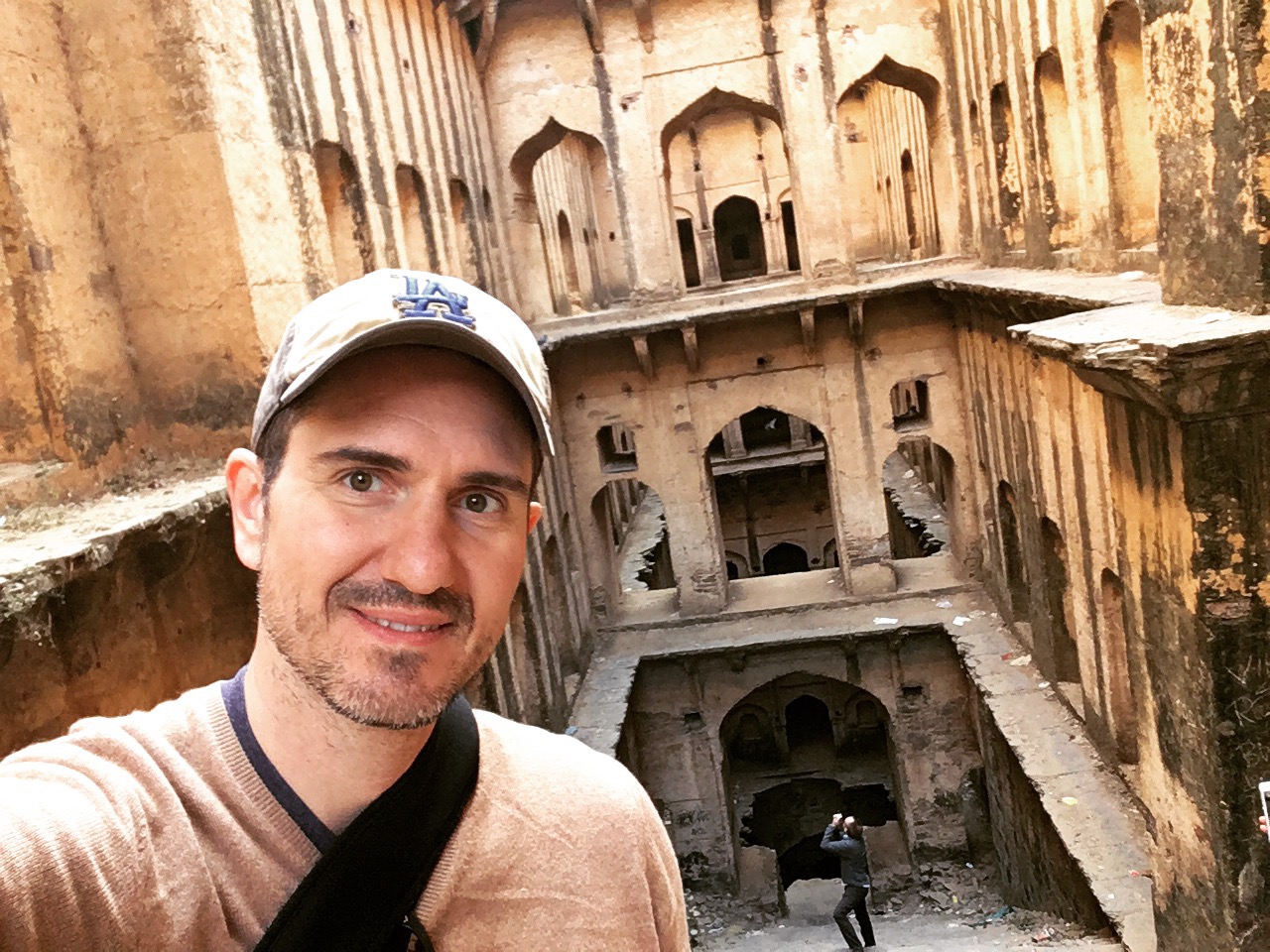“Manufactured by a Dutchman according to Dutch traditions.”
Category: India
A sponsored this lovely New Delhi street dog in my name! Still missing Ashley a ton but thrilled to be helping out another pooch.
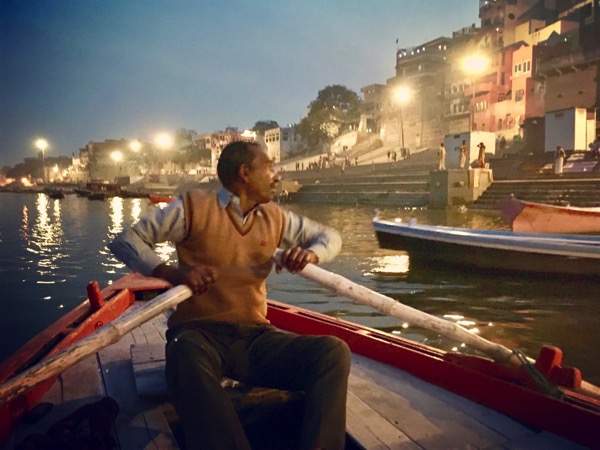
Back in February we took a quick trip to Varanasi, India’s holiest city. I’m late in writing about the journey, but it was remarkable and I wanted to share some images.
Varanasi, located about 400 miles southeast of Delhi in populous Uttar Pradesh state, is renowned place of pilgrimage for Hindus. It is known for its many ghats, or embankments along the Ganges river where people perform religious ceremonies and cremate the dead.
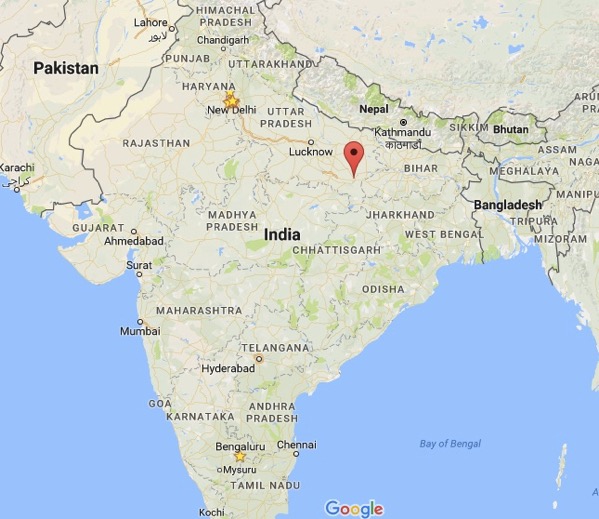
The city has been continuously inhabited since about 18th century B.C., and the Buddha is said to have founded Buddhism nearby in the late 6th century B.C.
Varanasi is “older than history, older than tradition, older even than legend,” Mark Twain wrote in his 1897 travel book “Following the Equator,” “and looks twice as old as all of them put together.”
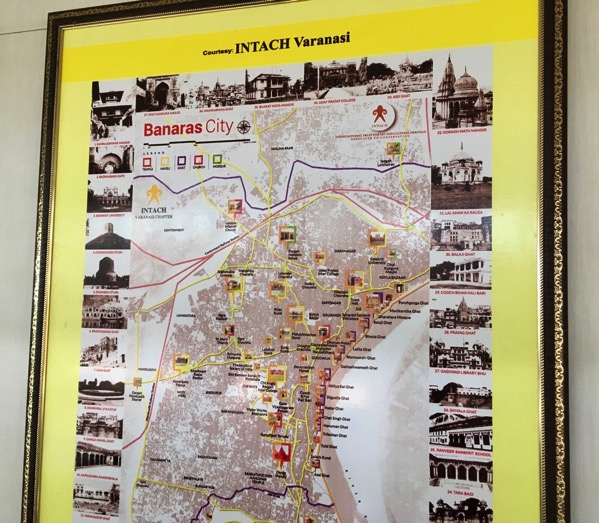
Map of the city, which is also known as Banaras. We stayed on the southern stretch of the river
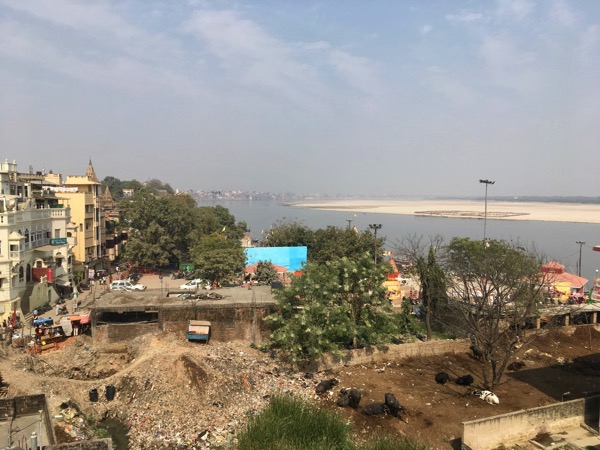
The view from our hotel, south of the central ghats, looking up the Ganges.
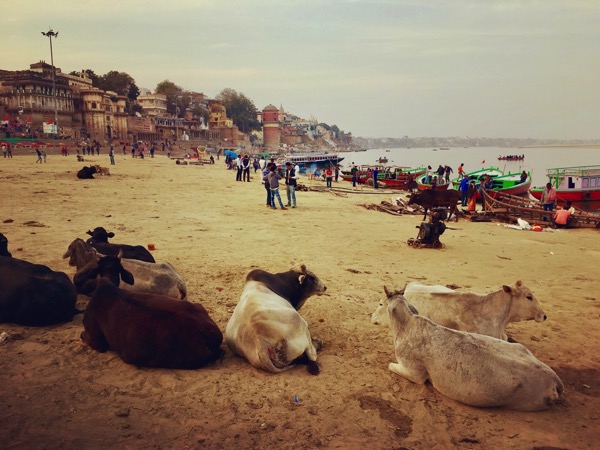
Cows on the riverbank
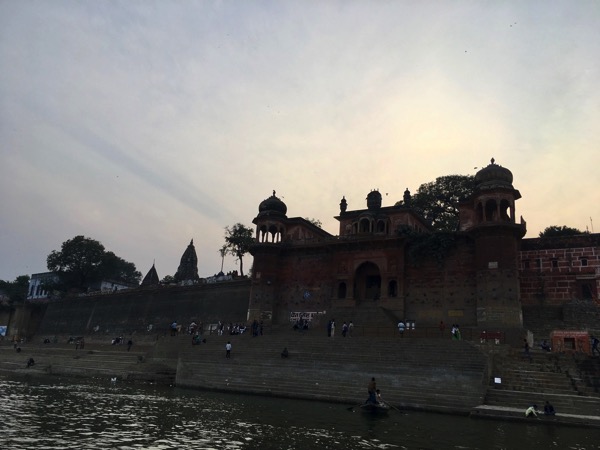
A ghat
The city and surrounding area can feel overwhelming, not just due to the intense sensory impressions but also due to thick crowds and traffic.
So you might wish to take a targeted approach to visiting, which we used: Leave Delhi early on a Saturday morning, arrive in Varanasi and have the evening and Sunday morning there, then return to Delhi that afternoon.
You could certainly stay longer, of course, but for a first-time visit this schedule allows you to take everything in quickly and easily.
We took a flight on the Indian carrier IndiGo that departed Delhi at 8 a.m.; the flight takes less than an hour. Then it’s about an hour drive from the airport to downtown Varanasi.
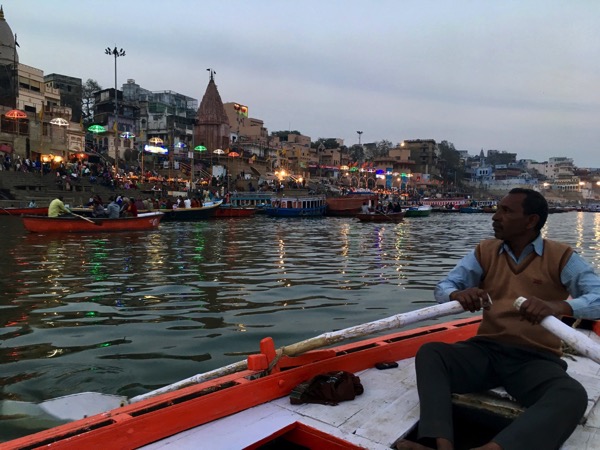
Heading up the river as the sun goes down
An excellent way to see the activities along the river is via rowboat. You can rent one, with a driver, for about 200 or 300 rupees ($3-$4.50) per hour. We took one on Saturday as the sun set on the river, and another at sunrise on Sunday.
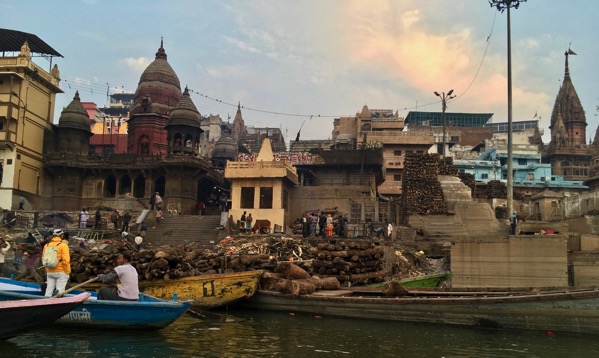
A ghat where cremations take place
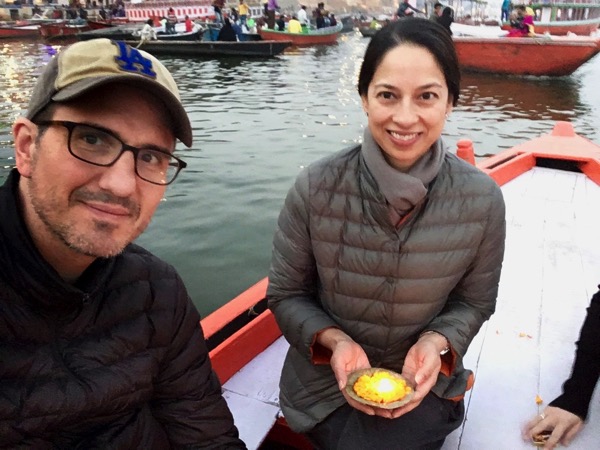
Saying a prayer and floating a diya, or small lamp, in the river
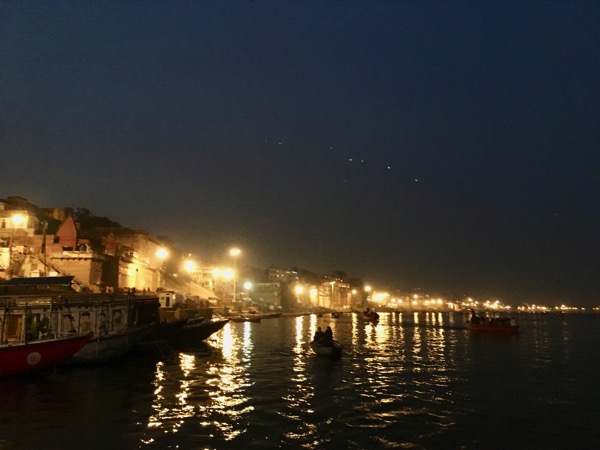
Varanasi at night
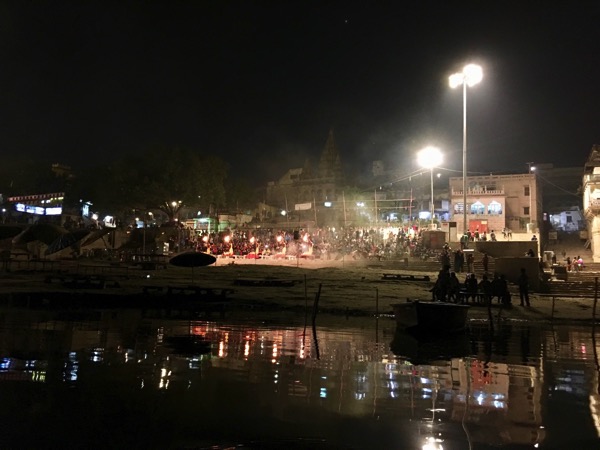
View from the river
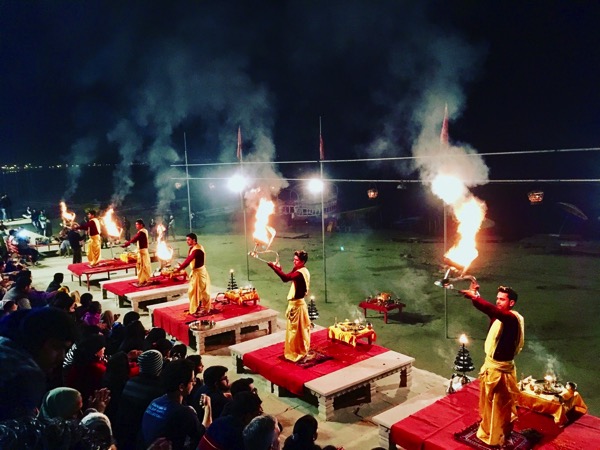
Performing a ganga aarti ceremony at the main Dashashwamedh Ghat
You can stop along the banks and take in the sights, like this prayer ceremony.
We stayed at the descriptively named Hotel Temple on Ganges. It’s quite basic, but has a big rooftop, serves decent food, and the staff are very helpful.
If you need your morning cuppa, you might visit the nearby Open Hand Cafe, which has good coffee and a variety of baked goods. There’s also Raga Cafe, which serves excellent Korean food.
For those interested in India, I put Varanasi in the “must-see” category.
Previous travel-related posts:
— Trip Report: Three-Day Getaway to Neemrana Fort Palace
— My Top 10 Southeast Asia Travel Tips
— Two and a Half Days in Istanbul: How to Have an Amazing Time
NEW DELHI—Indian e-commerce startup Flipkart Group has raised $1.4 billion from Microsoft Corp., eBay Inc. and Tencent Holdings Ltd., taking a hit to its valuation to raise the cash it needs to defend its home market from Amazon.com Inc.
Flipkart, which was started in 2007 by two former Amazon employees, said Monday that the new investment values the Bangalore company at $11.6 billion. That allows Flipkart to retain its title as India’s most valuable startup but is still a step down from the $15 billion valuation it received during fundraising in 2015.
“This is a landmark deal for Flipkart and for India,” Flipkart founders Sachin Bansal and Binny Bansal said in the statement, calling it the company’s biggest fundraising round ever.
Flipkart said Chinese internet firm Tencent led the round, but a Flipkart spokeswoman declined to provide a breakdown of investments by company.
Separately, eBay said on Monday that it was selling its Indian business to Flipkart and was making a $500 million cash investment in the startup for an equity stake.
I mentioned in this in my most recent Newley’s Notes, but wanted to embed the video here in an individual post.
On Friday my colleague Eric Bellman and I discussed Pres. Trump and potential restrictions on H-1B skilled worker visas. The video is embedded above and on The Wall Street Journal Facebook page here.
Click through for comments and reactions from viewers.
My most recent H-1B-related story is here: “Indian Outsourcing Firms Look to Get Ahead of Immigration Curbs.”
A round-up of my most recent H-1B-related stories is here. And our previous Facebook Live appearances are here (discussing India’s “demonetization”) and here (talking about Amazon in India).
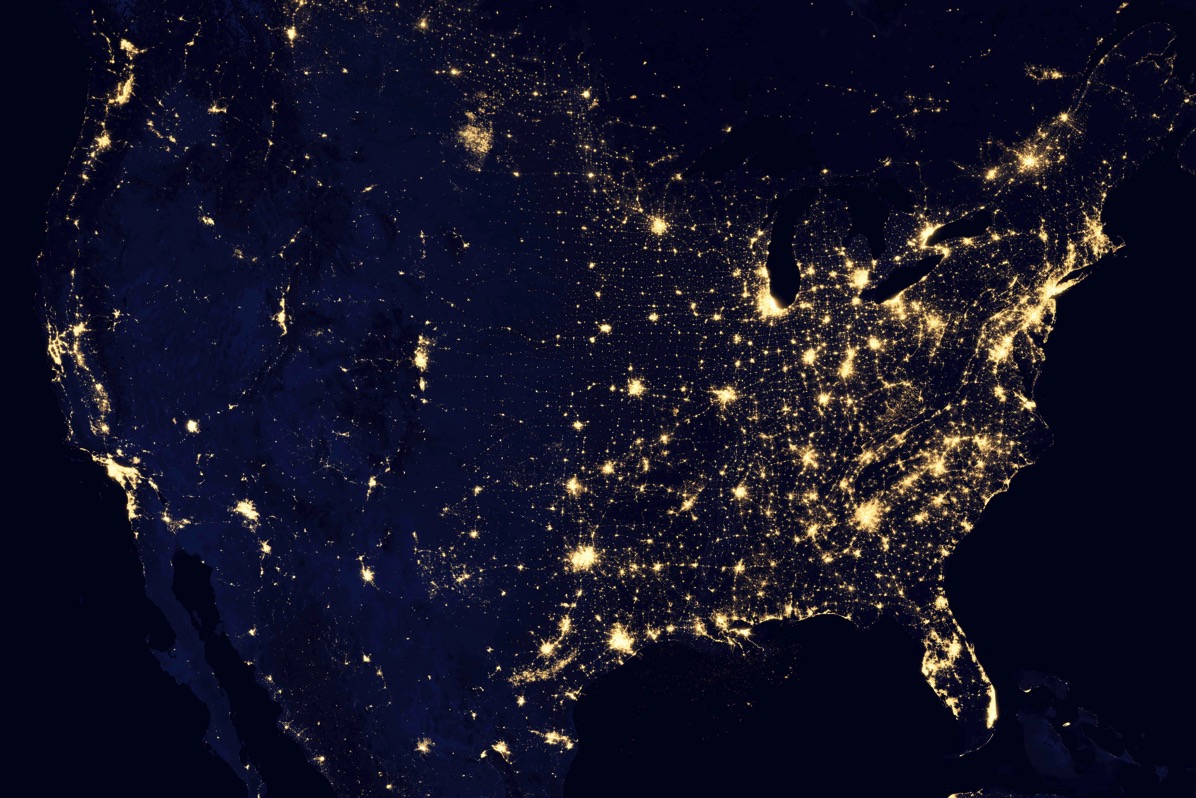
I’ve been writing a lot in the last few months about the H-1B skilled worker visa program, which thousands of people, mainly Indians, use to work in the U.S.
The program was designed to allow companies to hire workers for jobs they can’t fill locally, like those demanding sophisticated tech skills. But some say firms, like large Indian outsourcing companies with offices in the U.S., abuse the program to bring in less sophisticated workers as cost-saving measures — and lay off American workers — since they’ll do jobs for less than money.
It’s a huge issue not just for big American tech firms that want to be able to hire the best global talent, but also for Indian IT services firms that employ millions of people.
And with President Trump on the campaign trail assailing the program, many workers are concerned that changes to the program could force them to leave the country.
That’s the subject of my most recent story, which came out Monday. The headline: “Indian Workers in U.S. Fear Trump H-1B Visa Crackdown.”
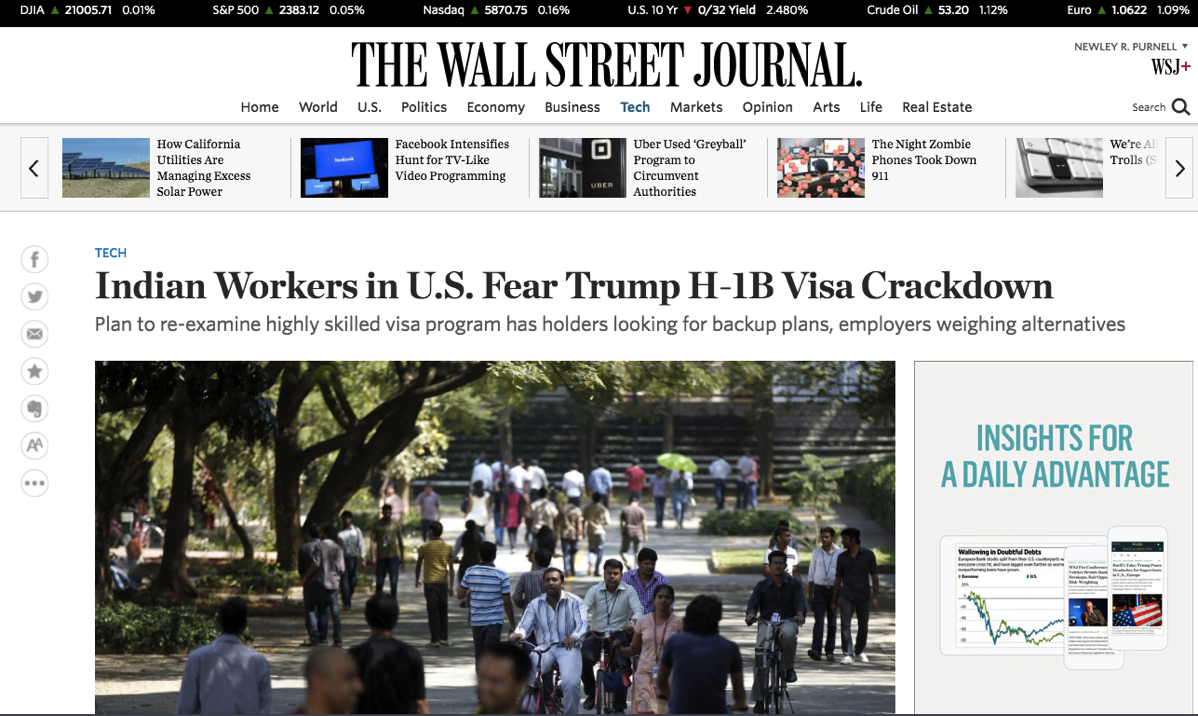
They story — which I reported out for weeks, interviewing dozens of people — has produced quite a reaction online, prompting more than 450 comments on The WSJ site, and more than 800 reactions, 230 shares and 150 comments on Facebook.
Stay tuned for more on this topic.
Meanwhile, so they’re all in one place, I wanted to share links to some of my previous H-1B-related stories:
What the White House Said About Its Plans for H-1B Visas (Jan. 31, 2017):
Tighter restrictions on skilled worker visas to the U.S. could come via both executive action by President Donald Trump and via Congressional moves, White House press secretary Sean Spicer said Monday.
Indian IT services firms are already girding for possible changes to the H-1B program, which they use to send tens of thousands of workers to the U.S. annually.
While a significant shakeup of the visa program would likely need to be approved by Congress, President Trump could use an executive directive to take steps like ending a provision announced in 2014 that allows spouses of H-1B visa holders to work in the U.S, as The Wall Street Journal reported last week.
H-1B Visas: How Donald Trump Could Change America’s Skilled Worker Visa Rules (Jan. 24, 2017):
During his campaign, President Donald Trump assailed a skilled-worker visa program used to send foreigners to the U.S., and in his inaugural speech Friday he said the country would “follow two simple rules; buy American and hire American.”
Indian outsourcing firms are already preparing for potential changes to visa rules, which could present a challenge because they send thousands of workers to the U.S. every year via the H-1B program.
So how much, and how quickly, could Mr. Trump change the regulations?
A significant shakeup would likely need to be approved by Congress, though there are some steps Mr. Trump could take himself immediately, analysts say.
Indian Outsourcing Firms Prep for Curbs on H-1B Visa Workers Under Trump (Jan. 19, 2017):
NEW DELHI—President-elect Donald Trump doesn’t take office in Washington until Friday, but he is already forcing firms in India’s mammoth $108 billion technology-outsourcing industry to rethink their hiring practices in the U.S., their largest market.
While Mr. Trump has chastised U.S. firms for offshoring American jobs, Indian outsourcing firms could be set to see renewed heat for doing the opposite—placing foreign workers in the U.S., mainly through a skilled-worker visa, known as the H-1B. Faced with the prospect of possible new curbs on those visas from a president who has pledged to ensure that Americans get their first pick of available jobs, outsourcers are ramping up hiring both on American college campuses and at home in India.
H-1B Visas: U.S. Lawmaker Re-Introduces Bill to Tighten Rules (Jan. 6, 2017):
A prominent Republican lawmaker is taking another shot at tightening U.S. rules for high-skilled worker visas ahead of Donald Trump’s inauguration as president later this month.
Rep. Darrell Issa, one of the highest-profile Republicans in Congress and a supporter of Mr. Trump, said Wednesday in a statement on his website that he is reintroducing a bill designed to “stop the outsourcing of American jobs” and ensure laws are not “abused to allow companies to outsource and hire cheap foreign labor from abroad.”
What Will Happen to H-1B Skilled-Worker Visas Under Donald Trump? (Nov. 17, 2016):
U.S. President-elect Donald Trump will likely crack down on the use of skilled-worker visas issued to Indian outsourcing firms, said a leading anti-immigration campaigner.
Mr. Trump is still picking his cabinet, and how his policies will evolve is hard to guess, but he was elected pledging to restrict immigration. That means the tens of thousands of mostly Indian migrants entering America on high-skilled worker, or H-1B, visas could become a target for tougher vetting, said Roy Beck, president of Arlington, Va.-based NumbersUSA, which advocates for limited immigration.
“It would be very surprising if we don’t see the rules around H-1Bs really tighten,” he told The Wall Street Journal.
At the end of December we took a entertaining, three-day getaway to the town of Neemrana, India.
It’s about three hours by car southwest of Delhi, in Rajasthan state on the way to the well-known city of Jaipur.
Our destination: the excellent Neemrana Fort Palace, shown at the top of this post. It’s a 15th-century fort that has been expanded and renovated and made into a comfortable hotel.
Here are some images from our stay. There’s not much happening in the city itself but the palace is great location for relaxing, eating food, sipping coffee or tea and enjoying sunsets.*
The highlight of the trip, for me, was visiting a step well about a 15 minute walk away. Step wells are unique to South Asia; rather than a conventional well, step wells are large and wide and allow people to walk down to the source of the water.
In this case the structure is water-less and seems to be abandoned, but it’s still fun to hike, down and around. More on that below.

On the way down from Delhi. One of the many interesting sights to see on Indian highways.

Looking up toward the step well entrance
The hotel itself is spread over many stories, and is fun to explore in its own right; its many alcoves and vistas invite quiet contemplation.
Highly recommended for a quick getaway from noisy Delhi.
*There is also a zipline. I did not try it.
I often pass this group of street dogs near our office building in Connaught Place.
These mutts are totally unflappable.
Honking cars, pedestrians weaving between them, bicycles, horses, you name it.
They could care less.
They just keep dozing, sunning themselves as New Delhi buzzes all around them.
A level of zen I can only one day hope to attain!
Previously: a super-enterprising street dog I saw back in August.
About a quarter of the time I take Ubers here in Delhi the driver asks me, when I get out, to give him a five-star rating. (Drivers must maintain a certain rating to ensure they can continue working on the platform.)
Usually I just nod my head and say “yeah okay,” and proceed to give them whatever score I would have given them anyway.
The other day a driver did something different.
As I was getting out of the car he said “sir” to get my attention, then pointed at his phone, where he had selected five stars in his rating for me.
Then when he saw I was looking, he pressed submit.
When it came time for me to score him later, I also gave him a similar rating.
He was a good driver indeed, but he also understood the law of reciprocity. He knew the difference between just saying something and actually taking action. And that I may well feel inclined to help him out too (since riders are also ranked).
Clever.

That’s the subject of my story yesterday, which begins:
Amazon.com Inc. pulled doormats emblazoned with the Indian flag from its Canadian website after the South Asian nation’s foreign minister threatened to oust the Seattle company’s employees.
“This is unacceptable,” Sushma Swaraj, India’s foreign minister, wrote on Twitter Wednesday in response to a posting from a user showing an image of the doormats for sale.
Ms. Swaraj, who has 7 million followers on the platform, called on Amazon to remove the “insulting” products and threatened to rescind visas for Amazon’s foreign staff in India if action wasn’t taken.

